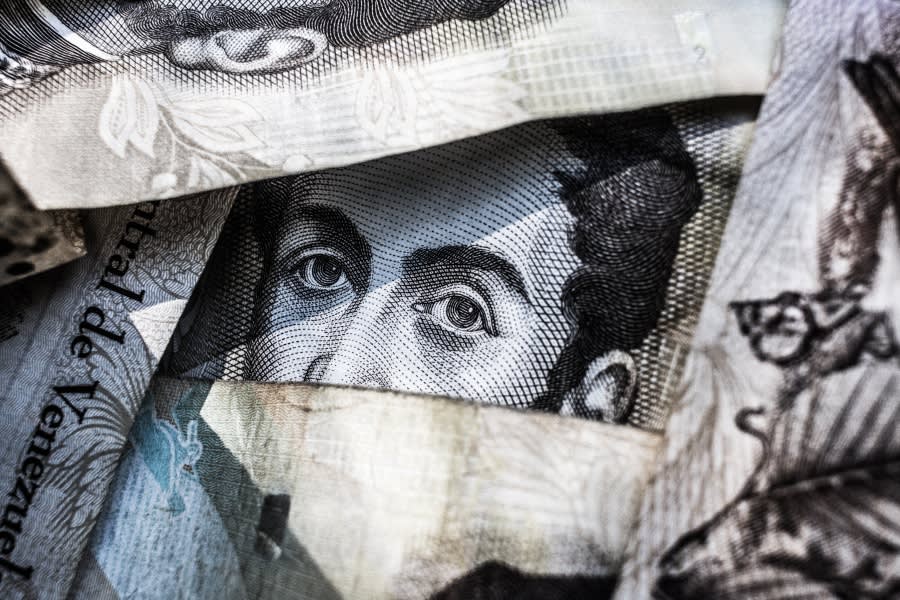The foreign exchange market is a vast and complex one. In fact, it’s the largest market in the world.
As a growing business, you’ll likely be dealing with international suppliers and clients, which means you’ll need to make foreign currency exchanges. So you want to make sure you’re getting the best FX rate you can.
But when you start to do your research to find the best money transfer provider, things can get confusing. Bank to bank, supplier to supplier, the exchange rate can differ wildly. Then, when you do a quick Google search, the FX rate changes yet again.
Understanding what the interbank exchange rate is, and how this impacts your FX rate, ensures you’re prepared when it comes to foreign currency exchange. It enables you to be aware, alert and armed with the knowledge to get the best rate available to you.
What is the interbank exchange rate?
In its simplest form, the interbank exchange rate is exactly what it says it is: it’s the exchange rate that banks use when trading foreign currency between each other.
It’s determined by the banks accessing and analysing live currency exchange rates. They then take a mid-point between the buy and sell rates of each currency and use this as their exchange rate.
You might also see it referenced as the ‘real’ exchange rate, the mid-market rate, or the spot rate.
The challenge is that there’s no single, agreed-upon interbank exchange rate. The rate changes depending on the bank, the currency, the market—even the time of day.
When you do a Google search to find the foreign exchange rate for a particular currency or check exchange calculation services, this is typically the rate you will see.
It sounds simple, doesn’t it?
Can my business access the interbank exchange rate?
If only it was as simple as that, though.
As a business, you typically won’t receive the interbank exchange rate when exchanging currency. You will usually get a blended rate, taken as a mix of live exchange rates, market data sources, and the differences between banks.
Banks will usually mark up the interbank rate by anywhere from 4% to 6%. It doesn’t sound like much, but these small percentages add up, particularly when you’re dealing with large amounts of money.
After all, foreign transfer providers and banks are businesses too, so they will add a little increase on the exchange rate as a way to pay staff, to pay for the time taken to make the currency exchange, and as a way to boost their profits.
The difference between bid and ask prices
When looking at foreign currency exchange you’ll come across the terms bid price and ask price.
These are simply different ways of saying the buy and sell prices. Banks sell currency for the ask price, and they buy currency at the bid price.
These prices will usually differ. This can be affected by anything from the current political climate, world news, inflation and interest, to simple supply and demand.
The difference between these two prices is known as the bid-ask spread and is something you need to know about when exchanging foreign currency, as this determines where you’re getting the best deal on currency exchange.
Currencies in reasonably developed nations typically have a low spread. In emerging markets the bid-ask spread can be much larger, and change greatly throughout the day.
Hidden fees that increase the exchange rate
Brokers are known to charge a markup on the bid-ask spread, where they buy your currency and sell it for a marked up price. Brokers charge this markup as a way to make money off your foreign currency exchange.
Again, it’s usually only a small percentage; you may not even notice when you see it written on paper.
But when exchanging large volumes of currency regularly, these small percentages add up and affect your bottom line.
Say you’re exchanging $100,000. A 1% markup makes the difference of $1,000. If you do this multiple times a year, or a month—or even week—that’s a lot of money you’re actively losing.
So it’s important to get the best exchange rate.
Airwallex gets you the best exchange rate possible
Airwallex takes the headache out of navigating foreign currency exchange. We enable businesses to get the closest possible rate to the interbank exchange rate.
When you exchange foreign currency with us, you can access our interbank FX rate, with a very small and transparent margin on top. This margin is the same regardless of the amount you’re exchanging, so you never have to go through the trouble of negotiating a better rate.
With access to over 23 currencies in over 130 countries, Airwallex enables you to get a better rate for all the biggest foreign currencies and allows you to keep more of your money in your pocket.
Get in touch with us to discuss how our FX rate works, and how we can help your business navigate the world of foreign currency exchange.
Related article: Calculating FX rates

Interbank exchange rate frequently asked questions
What is the interbank FX rate?
The interbank FX rate is the wholesale rate that large banks quote each other to buy and sell currencies. It is often referred to as the mid-market rate because the interbank FX rate represents the midpoint because the "buy" and "sell" prices which is typically the rate you see for currency conversion on Google.
Do businesses receive the interbank rate?
Most businesses do not receive the interbank rate as traditional banks and brokers will charge a markup to cover costs. Modern financial platforms generally offer a rate closer to the interbank rate. To see how much you pay, compare your rate to the live mid-market.
View this article in another region:SingaporeUnited KingdomGlobal
Posted in:
Transfers


